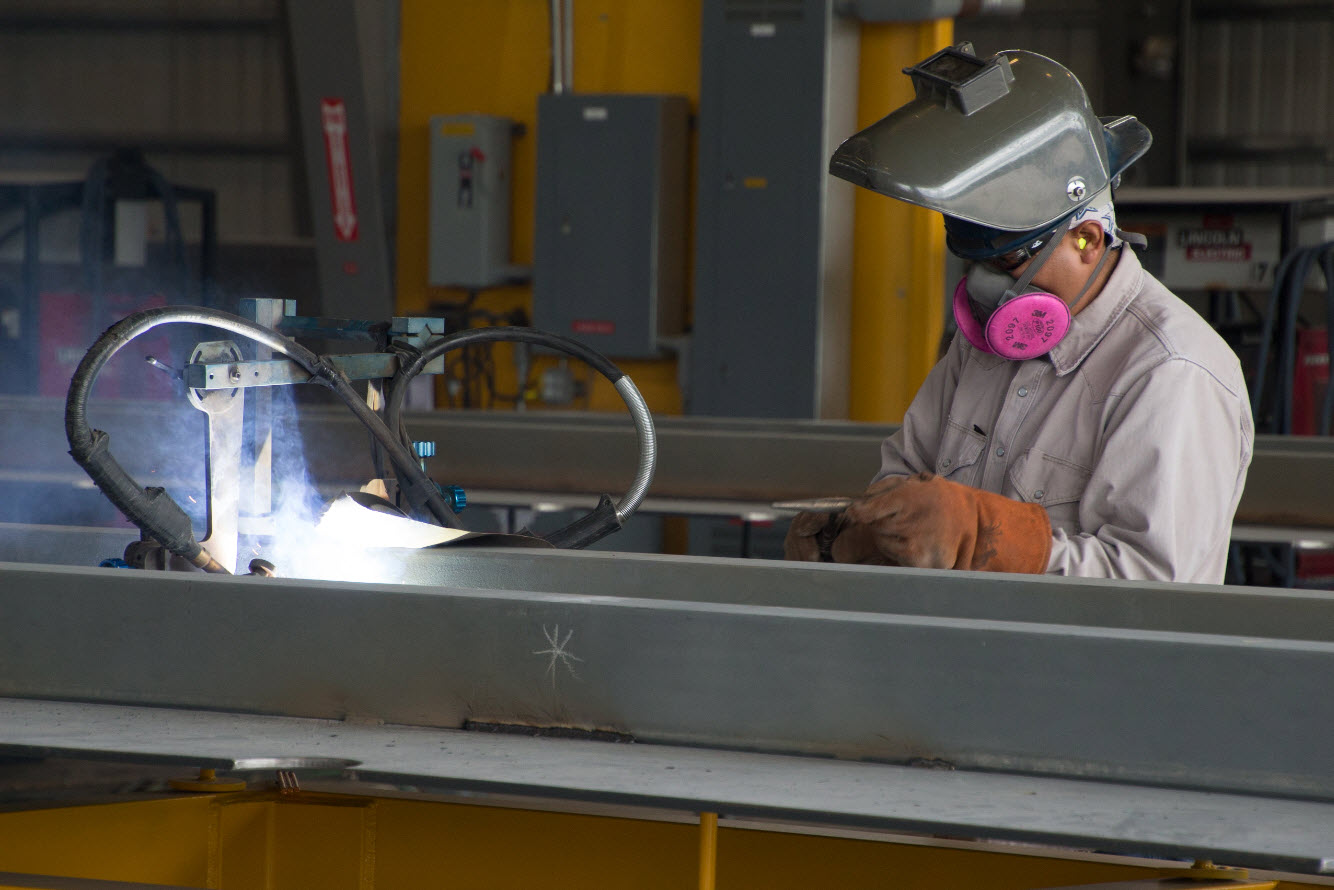
Safety means everything to us at AEU, which is why we’re constantly working with members to help create safer work environments for their employees. For the past 20 years, we’ve helped hundreds of waterfront employers restructure their safety programs. Here are our top seven ways to make your workplace safer.
- Start at the top. Upper management is responsible for creating a culture of safety, communicating the importance of safety to employees, and rewarding those who make an effort to keep the workplace safe. Make sure your management team sets the tone for safety in your organization, and emphasizes its importance just as much as other company goals — such as productivity. Not only should upper management talk about safety, but they should also equip staff members with the right tools and allow staff members adequate time to operate safely. Just because safety starts at the top doesn’t mean it has to end there. Provide opportunities for employees to participate in your safety program and hold regular safety meetings to collect feedback and recommendations. Develop safety performance measures that include proactive performance measurements.
- Encourage involvement. Urge employees to take an active role in your safety program. Consider building safety award, suggestion, and review programs. Establish safety committees and safety stewards that include staff members of all levels. Promptly respond to employee reports, create a safety suggestion program, and conduct regular safety interviews to show that you respect employees’ input.
- Identify, assess & control hazards. As an employer, it’s your job to identify, assess, and control worksite hazards — including OSHA standards as well as other recognized hazards and accident trends. In order to identify and evaluate workplace hazards, you can review OSHA 300 logs, accident analysis reports, and safety alerts from AEU or trade associations. Conduct walk-around safety inspections and distribute checklists for different processes. Investigate past accidents and carefully inspect new equipment, processes, and cargo. Once you’ve identified a hazard, control it by correcting unsafe conditions as soon as possible and providing protection and oversight in the interim. Reduce existing hazards according to the hierarchy of controls: 1) Engineer and work practice controls; 2) Administrative controls; 3) Personal protective equipment.
- Evaluate and improve. Assess and improve your safety program by reviewing measures such as injury and illness statistics, safety inspection reports, employee training results, and reports from your USL&H provider. Make sure that the elements, practices, and procedures established by the safety program are appropriate to worksite conditions, are in compliance with OSHA requirements, and are being followed. In order to measure the success of your safety program, look at metrics such as injury and illness statistics (frequency and severity, comparing to company benchmarks and industry-wide statistics), safety inspection reports, employee training results, safety committee reports, and loss runs and severity reports from your USL&H provider.
- Train, train, train. Provide ongoing safety training for all employees, with individualized training for every staff member. Topics can include recognition of hazards, company safety practices, protective measures, and emergency action procedures. Employees who manage groups of people should also be trained on hazard identification, job safety analysis, hazard abatement and control, and problem solving. Remember that effective training doesn’t rely on a “one size fits all” approach — your workplace size, type of operations, nature of hazards, and consistency of work force should all be considered when you choose or design a safety program. Your program should expand beyond OSHA standard training requirements when necessary. Keep employees involved and up to date through routine training sessions and encourage staff of all levels to participate in your safety program.
- Investigate efficiently & intelligently. Promptly investigate worksite accidents and near misses, communicating with all relevant team members to identify corrective measures. Although accident investigations are reactive aspects of a safety program, they’re still fundamental for future success. After a worksite fatality, injury, illness, or incident, promptly begin an investigation. Communicate with departments such as the safety committee, supervisors, and engineers to get a full picture of the events leading up to the accident. After you’ve determined causal factors, recommend corrective actions to prevent recurrence.
- Recordkeeping. Demonstrate the effectiveness of your safety program by keeping detailed records. By taking note of safety-related reports and events, you can identify trends and make improvements. Examining your records on a quarterly or yearly basis will allow you to assess the effectiveness of your safety program. Consider keeping records on reports of injury, OSHA 300 forms, employee training records, safety inspection reports, accident investigations, job safety analyses, atmospheric monitoring data, and minutes from safety committee meetings.
These seven steps are a great start for making safety a priority in your organization. For more information about how AEU can help you lower risk and control costs, give us a call. Current members can visit amequity.com/members-access for additional safety resources.


